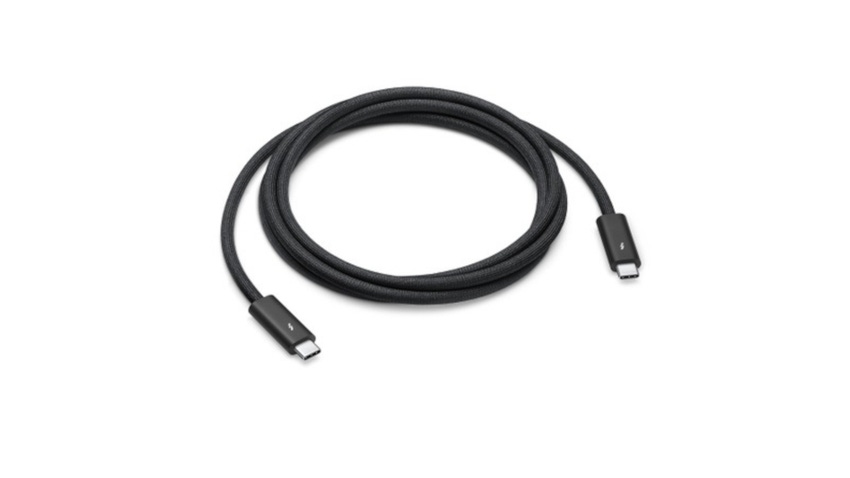Does Apple’s USB-C Cable Justify Its $130 Price Tag?
This video examines what advantages Apple’s pricey Thunderbolt 4 USB-C cable has over far less costly generic competitors

At a Glance
- In this YouTube video, reviewers compared a $130 Apple Thunderbolt 4 USB-C cable to generic USB-C cables priced from $13.
- The differences may not be apparent to the average user, but Apple's cable has been engineered for long-term reliability.
When Apple announced its iPhone 15 family of smartphones last Fall, one of the most notable changes was the devices’ adaptation of the USB-C connector which replaced the Apple Lightning connector used in Apple products for over a decade. Apple had little choice but to join its Android rivals in adopting USB-C as the European Commission mandated a single, standard interface for portable products.
Apple now offers its own Thunderbolt 4 USB-C cable at the eye-opening price of $130, which is ten times that of a generic USB-C cable. Why so expensive? In a video on Adam Savage’s Tested YouTube channel titled, “A Look Inside Apple’s $130 USB-C Cable,” Adam along with electrical engineer Zach Radding conducts a deep electrical analysis of the cable to see what the additional money buys.
Using Lumafield CT scans, the reviewers found that the Apple cable has been engineered with additional circuitry for power management, shielding, and other electrical parameters, which makes for cleaner, more accurate signal transmission. The cable’s design shows intricate attention to detail and even provides a more robust feel than less expensive cables, according to the reviewers.
When the reviewers examined a $13 Amazon Basics USB-C cable using the CT scanner, they found the cable simply makes a straight wire-to-wire connection between the device and the power source. There is no additional electrical circuitry inside the cable and connector to ensure signal integrity, and the reviewers noted physical characteristics, such as voids, in the construction of the cheaper cable. Overall, they concluded the cable’s overall design hastened wear and tear and faster degradation of long-term performance.
The reviewers noted that most users will not notice the many tradeoffs in the generic USB-C cable to justify the far more expensive Apple cable, but the additional engineering going into Apple’s Thunderbolt cable can yield advantages over time.
Are these advantages worth it for you? View the video and decide for yourself.
About the Author(s)
You May Also Like





